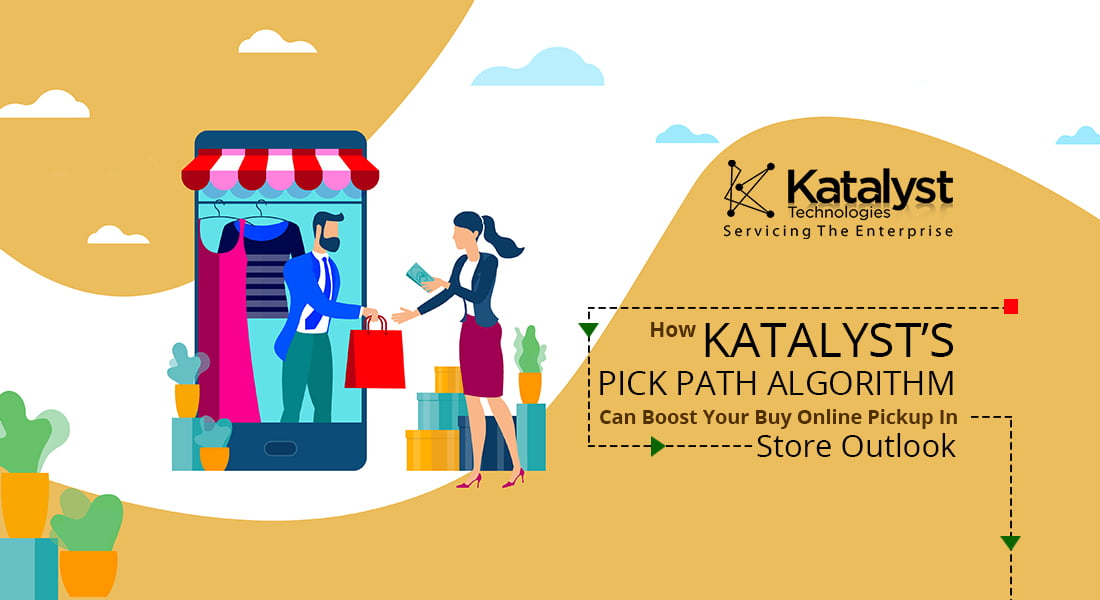
As COVID-19-related restrictions begin lifting, and more retailers open their doors, customers are excited yet cautious. Just as grocery store trips have become less casual and more deliberate, consumers will likely want to maximize their time in retail outlets so that they can quickly purchase products and leave. It‘s also probable that stores will enact time limits as a result of reduced capacity while social distancing measures remain in place.
One solution that has been gaining traction of late is BOPIS—buy online pick up in store. Though chains like Walmart and Target have leveraged BOPIS for years, the practice is picking up steam. During the pandemic, BOPIS has seen a 62% rise.
“Nobody wants to spend a lot of time in stores,“ says Langbert Walker, Sales Representative for SAP-ERP at Katalyst Software Services Limited. “You would rather go and select your items [in advance] and just pick it up.“
As in large warehouses, the biggest challenge presents is in retrieving inventory. An employee may be tasked with tracking down several items, often with the promise of pickup available in an hour. This requires stringent planning, and Katalyst’s patent-pending pick path optimization algorithm can take out any guesswork and improve operations.
“What the store associate will do [is] pick it from a shelf and stick it in a bag for [the customer],“ Walker says. “From [the store‘s] perspective, that is a cost to them. The store associate needs to know where an item is stocked, but if you have an automated way of finding the product with the shortest route…the amount of time it takes to fulfill the order is dramatically shortened.“
Co-developed by Katalyst‘s Senior Software Engineer Wayne Ma and Chief Systems Architect Dave Schuler, the algorithm has already proven successful in warehouse environments, and its techniques can easily be applied to BOPIS item retrieval as well. The algorithm can account for inconsistent aisle sizes and obstacles and usually calculates the best path in about one second. Because it is not tied to a single program, its integration to any management system is seamless.
“The first thing you need to use our solution is a map of the store”, says Schuler. “Give us a list of items, and we calculate the shortest distance between each of the locations, and we use that to come up with an optimal solution to the problem.” By eliminating the guesswork, employees will save time and costs.
Last year, 64% of consumers indicated they use Buy Online Pick Up in Store to save on shipping costs, while 37% appreciated getting their orders more quickly. There are plenty of advantages for retailers, however. By focusing its attention on order fulfillment, they become more efficient and earn a competitive advantage over exclusively online outlets.
Contact the experts at Katalyst to find out how this algorithm can assist your organization in implementing Buy Online Pick Up in Store.

